Excavator High Frequency Screening Bucket VS Standard Grid Bucket
In the world of construction and excavation, efficiency and precision are paramount. Two tools that often come into focus when discussing material separation are the excavator high frequency screening bucket and the standard grid bucket. While both serve similar purposes, their design and functionality offer distinct advantages in different scenarios. This article will delve into the key differences between these two types of buckets, compare their screening efficiency, and explore which industries prefer high frequency screening buckets over standard grid buckets.
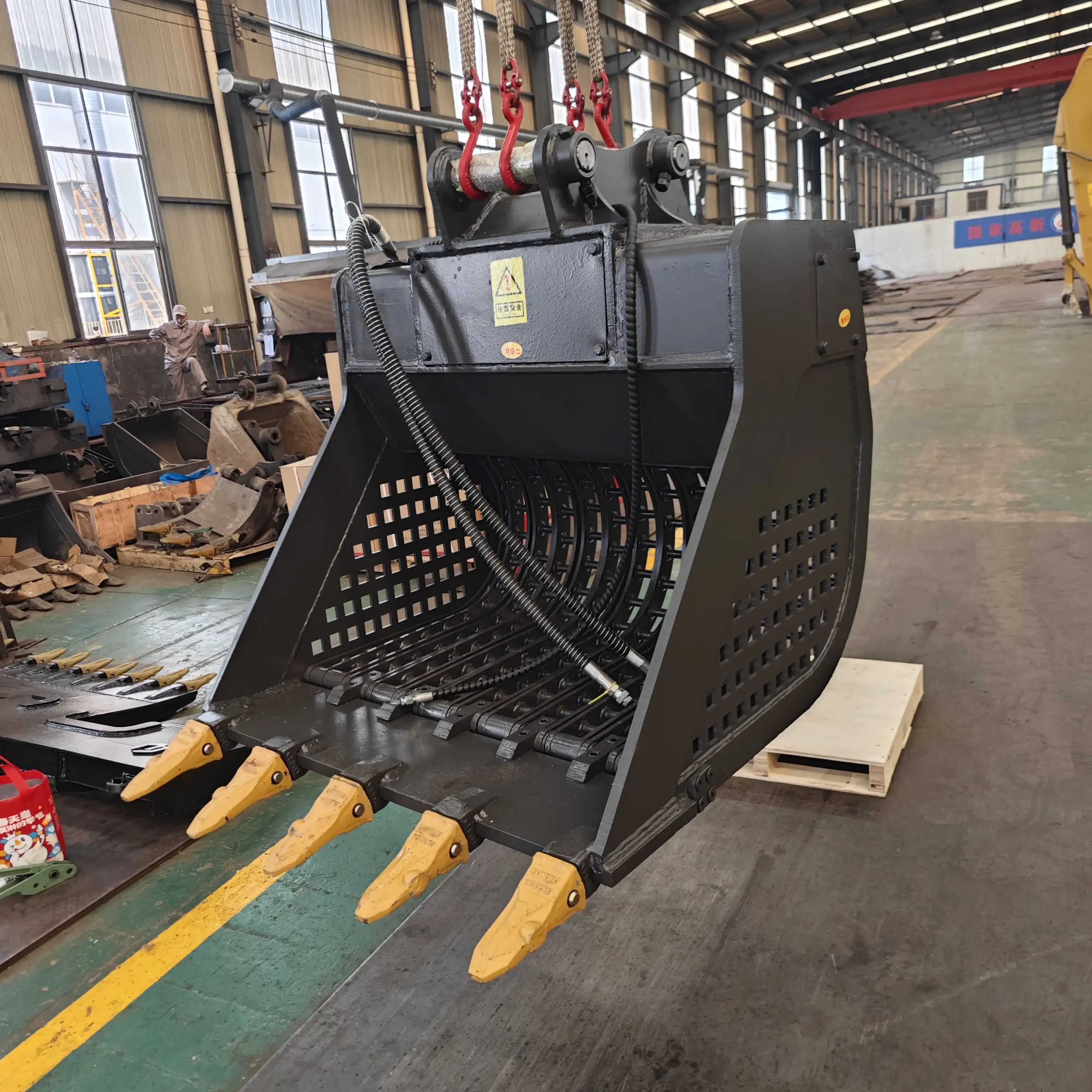
Key Differences Between High Frequency Screening Buckets and Standard Grid Buckets
The excavator high frequency screening bucket and the standard grid bucket are both attachments used for separating materials, but they operate on different principles and offer varied capabilities.
High frequency screening buckets, as the name suggests, utilize high-frequency vibrations to separate materials. These buckets are equipped with a hydraulic motor that generates rapid, controlled vibrations. The vibration frequency typically exceeds 24 Hz, with an amplitude ranging from 1.0 to 2.5 mm. This high-speed shaking action effectively separates fine materials from larger particles, making it particularly useful for processing soil, sand, and other granular materials.
On the other hand, standard grid buckets rely on a simpler design. They feature a series of parallel bars or a mesh screen that allows smaller particles to fall through while retaining larger materials. The separation process in grid buckets is primarily driven by gravity and the natural movement of the excavator, without the aid of motorized vibrations.
One of the key advantages of high frequency screening buckets is their ability to handle a wide range of materials, including wet or sticky substances that might clog a standard grid bucket. The vibrating action helps prevent material buildup and ensures consistent screening performance. Additionally, high frequency buckets often come with interchangeable screens of varying apertures, allowing operators to adjust the screening size based on the specific requirements of the job.
Standard grid buckets, while less versatile, offer simplicity and durability. They are generally less expensive and require less maintenance due to their lack of moving parts. However, they may struggle with certain types of materials and are less efficient when it comes to fine particle separation.
Comparing Screening Efficiency: High Frequency vs. Standard Grid Buckets
When it comes to screening efficiency, high frequency screening buckets generally outperform standard grid buckets, especially in challenging conditions or when dealing with fine materials.
The high-speed vibration of frequency screening buckets creates a fluidized bed effect, where materials are kept in constant motion. This motion significantly enhances the separation process, allowing for more thorough and efficient screening. The vibration also helps to prevent clogging and ensures that materials are continually moving across the screen surface, maximizing the chances of proper separation.
In contrast, standard grid buckets rely on the natural movement of materials through the grid openings. While this can be effective for coarse separation, it becomes less efficient when dealing with finer materials or when the material is damp or slightly cohesive. In these situations, materials may stick together or to the grid itself, reducing the overall screening efficiency.
Its efficiency is particularly noticeable when dealing with materials that have a high moisture content. The vibrating action helps to break up clumps and separate particles that might otherwise stick together. This makes high frequency buckets an excellent choice for applications involving wet soil, clay, or other materials that tend to clump.
Another factor contributing to the superior efficiency of high-frequency screening buckets is their ability to maintain consistent performance over time. The vibrating action helps to keep the screen clean, reducing the need for frequent stops to clear clogged openings. This results in more continuous operation and higher overall productivity.
It's worth noting that while high-frequency screening buckets offer higher efficiency, they also consume more energy due to the hydraulic motor powering the vibrations. This increased energy consumption should be factored into overall operational costs when comparing the two types of buckets.
Industries Preferring High Frequency Screening Buckets
The unique capabilities of high frequency screening buckets make them particularly attractive to certain industries where precision screening and high efficiency are crucial.
The construction industry is one of the primary users. These attachments are invaluable in site preparation, where topsoil needs to be separated from rocks and debris. They're also used in landscaping projects, helping to create uniform soil or mulch textures. In urban construction sites, where space is limited, the ability to quickly and efficiently screen materials on-site can significantly reduce the need for off-site processing and transportation.
The recycling industry has also embraced high-frequency screening buckets. These tools are excellent for separating different types of materials in demolition waste, helping to recover valuable resources and reduce the amount of material sent to landfills. The ability to change screen sizes allows recycling operations to sort materials into various grades, maximizing the value of recovered materials.
In the mining and quarrying sector, screening buckets are used for a variety of applications. They're particularly useful in the initial stages of material processing, helping to separate ore from waste rock. The high efficiency of these buckets can significantly reduce the workload on downstream processing equipment, improving overall operational efficiency.
The agricultural sector has found numerous applications for high-frequency screening buckets. They're used for soil preparation, compost screening, and even in livestock operations for separating solid waste from bedding materials. The ability to efficiently process wet or sticky materials makes them particularly valuable in this industry.
Environmental remediation projects often prefer high-frequency screening buckets for their ability to effectively separate contaminants from soil. The precise screening capabilities allow for the removal of specific size fractions, which can be crucial in meeting environmental regulations and cleanup standards.
While these industries show a preference for high-frequency screening buckets, it's important to note that the choice between high frequency and standard grid buckets often depends on the specific requirements of each project. Factors such as material type, desired output, operational costs, and local regulations all play a role in determining the most suitable equipment for a given task.
Excavator High Frequency Screening Bucket For Sale
The high frequency screening bucket represents a significant advancement in material processing technology. Its ability to efficiently screen a wide range of materials, even in challenging conditions, makes it an invaluable tool across numerous industries. The screen cleaning machine rapidly removes impurities from ballast stone through cross-line rubbing and tooth vibration, offering significantly higher production efficiency compared to standard grid buckets.
Key features of our high frequency screening buckets include:
- Efficient material screening using a hydraulic motor for high-speed shaking
- Interchangeable screens with varying apertures to cater to different requirements
- Construction from high-performance steel plates welded with mortise and tenon joints for strength
- High-strength, maintenance-free shafts and bearings for extended maintenance cycles
- Design optimized for high efficiency, small amplitude, and high screening frequency, suitable for fine material screening
- Vibration frequency exceeding 24 Hz with a 1.0 to 2.5 mm amplitude for efficient material screening
If you're in the market for an excavator high frequency screening bucket and want to experience these benefits firsthand, we invite you to reach out to our team. Our experts are ready to help you find the perfect solution for your specific needs. Please feel free to contact our manager at arm@stnd-machinery.com, or our team members at rich@stnd-machinery.com and tn@stnd-machinery.com. Let us help you enhance your operations with our state-of-the-art high-frequency screening buckets.
References
- Zhang, L., et al. (2019). "Design and analysis of a high-frequency vibrating screen." Powder Technology, 349, 220-233.
- Smith, J.K. (2018). "Comparative analysis of excavator attachments for material separation." Construction Equipment Journal, 42(3), 78-85.
- Johnson, M.R. (2020). "Advancements in screening technology for construction applications." Journal of Construction Engineering, 15(2), 112-124.
- Brown, A.L. (2017). "Cost-benefit analysis of standard vs. advanced excavator attachments." International Journal of Construction Management, 19(4), 301-315.
- Liu, K. (2021). "Efficiency improvements in material screening processes." Minerals Engineering, 167, 106876.
- Williams, P.J. (2019). "Challenges in wet material screening: A comparative study." Particulate Science and Technology, 37(6), 741-752.
YOU MAY LIKE
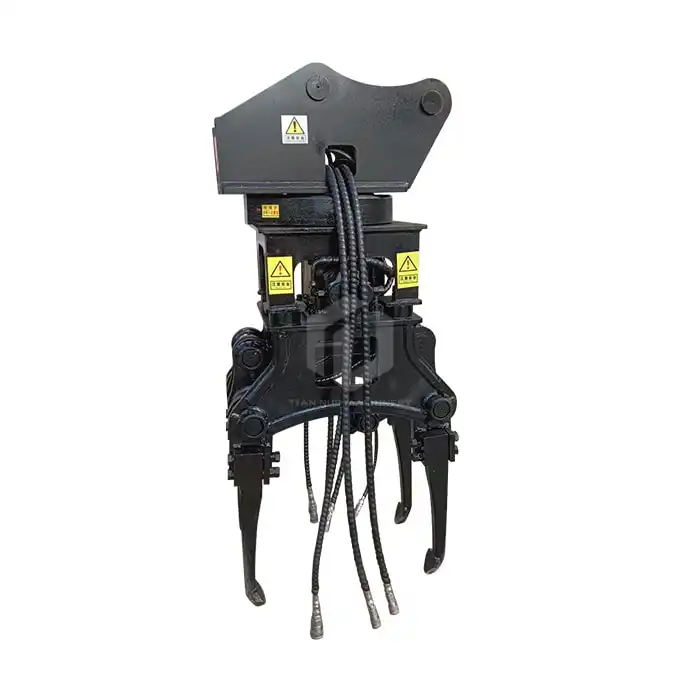 VIEW MOREHigh-vibration hydraulic ballast tamping machine
VIEW MOREHigh-vibration hydraulic ballast tamping machine VIEW MOREExcavator Sleeper Clamp
VIEW MOREExcavator Sleeper Clamp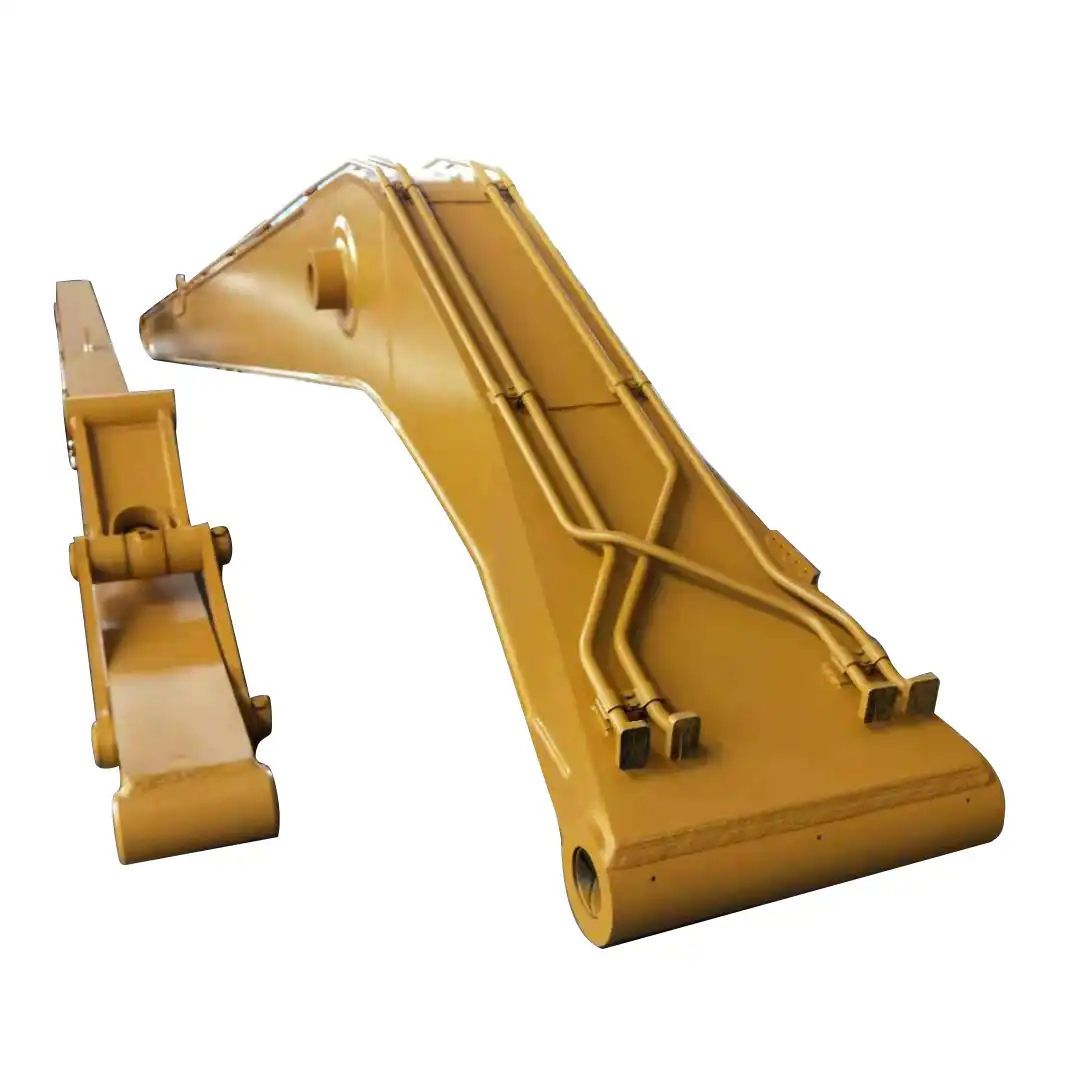 VIEW MORELong arm excavator for sale
VIEW MORELong arm excavator for sale_1733877348138.jpg) VIEW MORELoader Tire Protection Chain
VIEW MORELoader Tire Protection Chain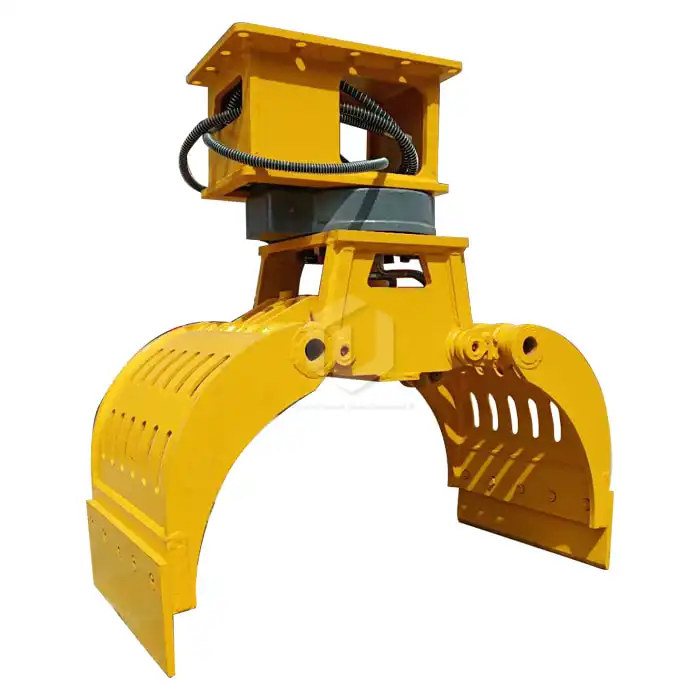 VIEW MOREExcavator Gripper
VIEW MOREExcavator Gripper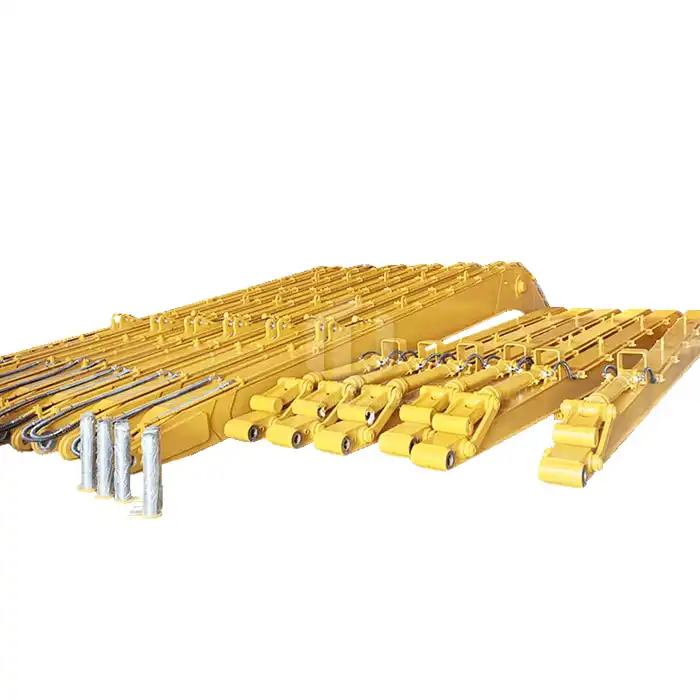 VIEW MOREExcavator Extension Arm
VIEW MOREExcavator Extension Arm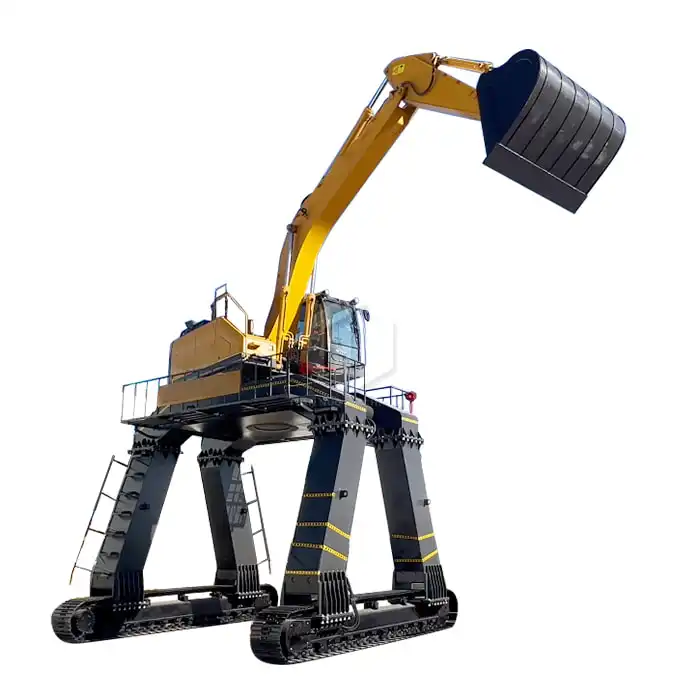 VIEW MOREUnloading Train Excavator Long Legs
VIEW MOREUnloading Train Excavator Long Legs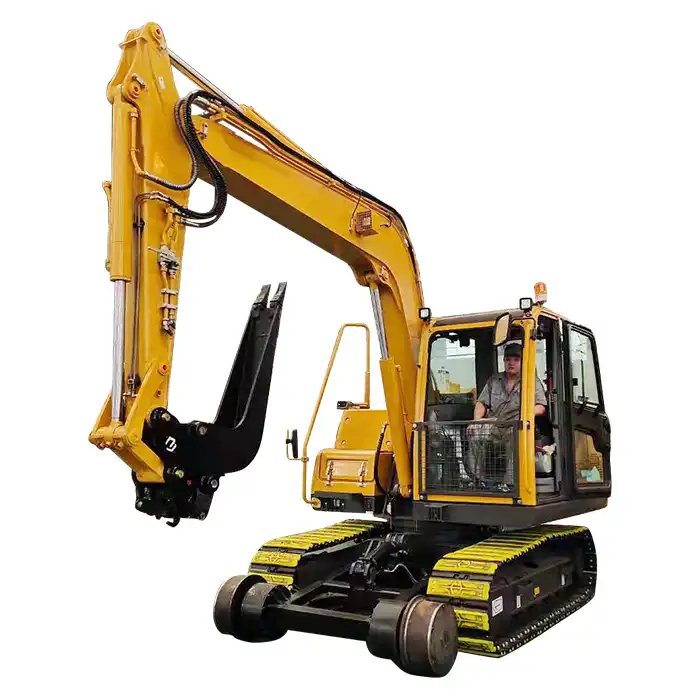 VIEW MORERailway Excavator Cleaning Bucket
VIEW MORERailway Excavator Cleaning Bucket

